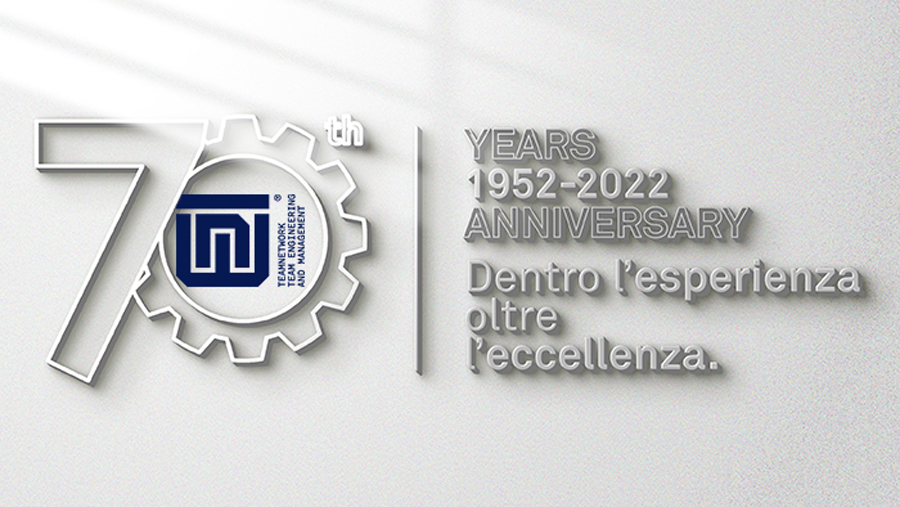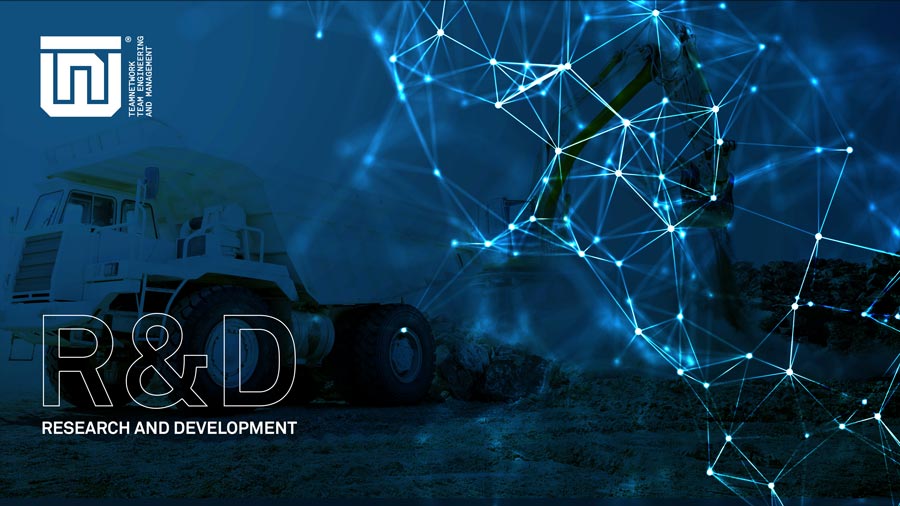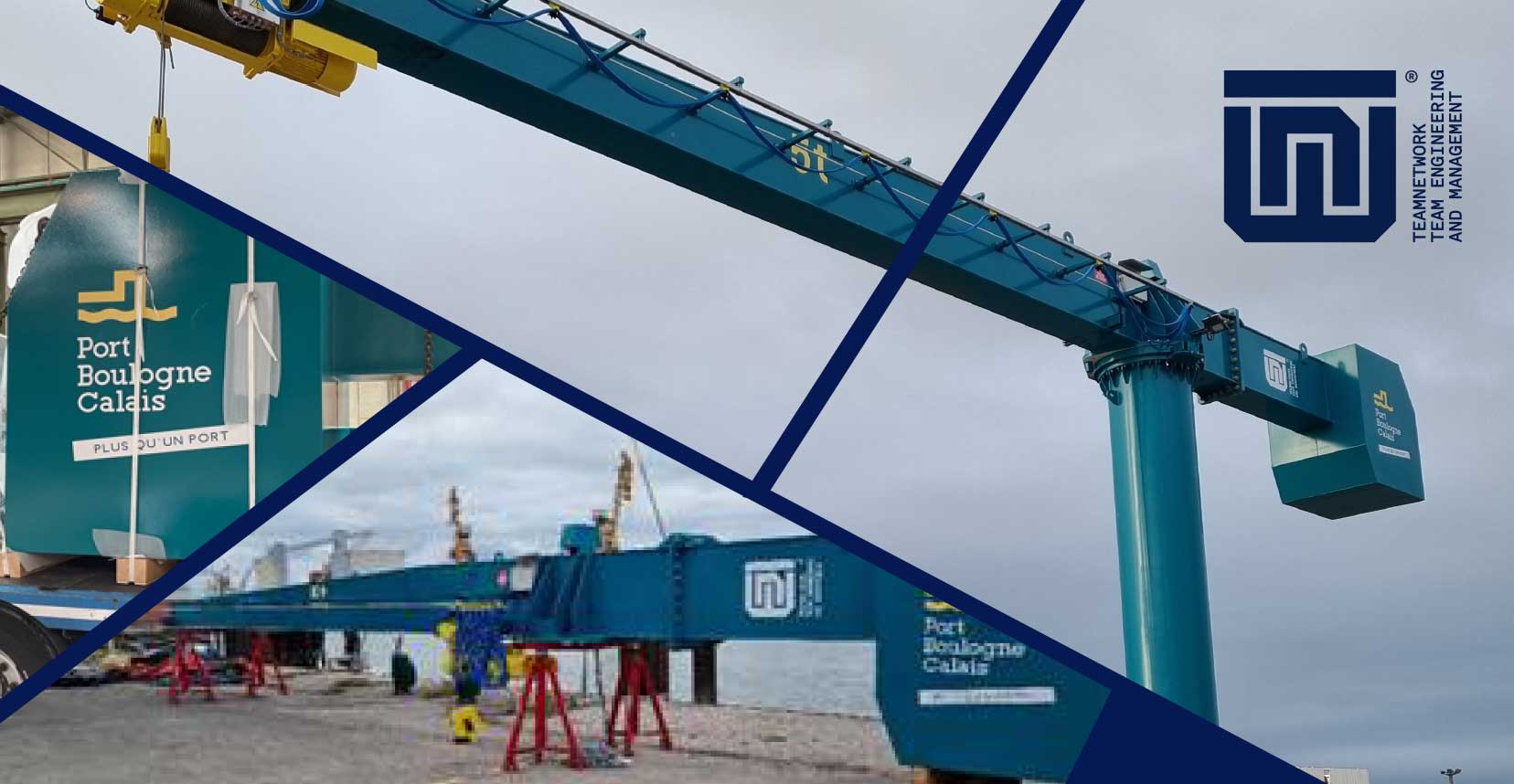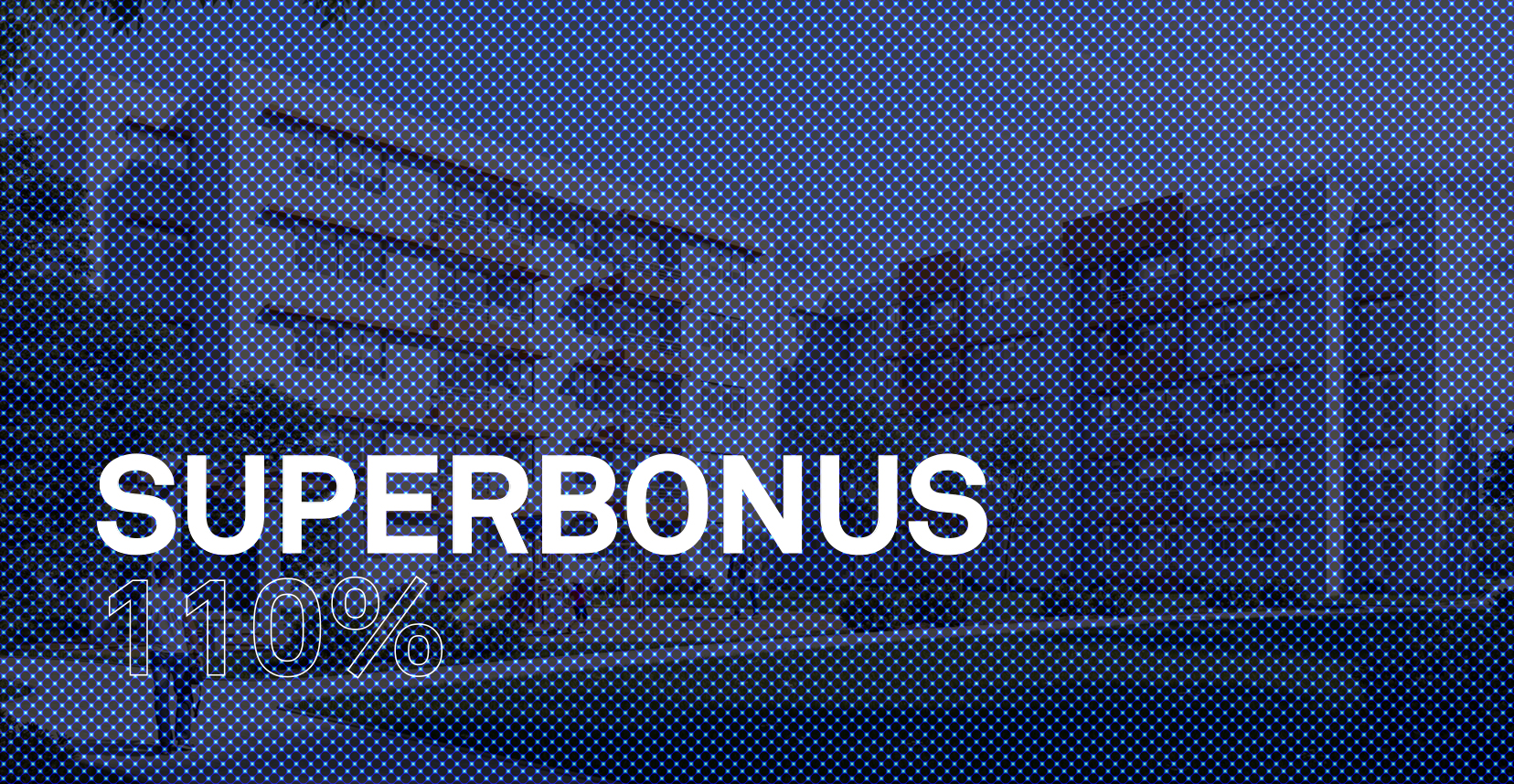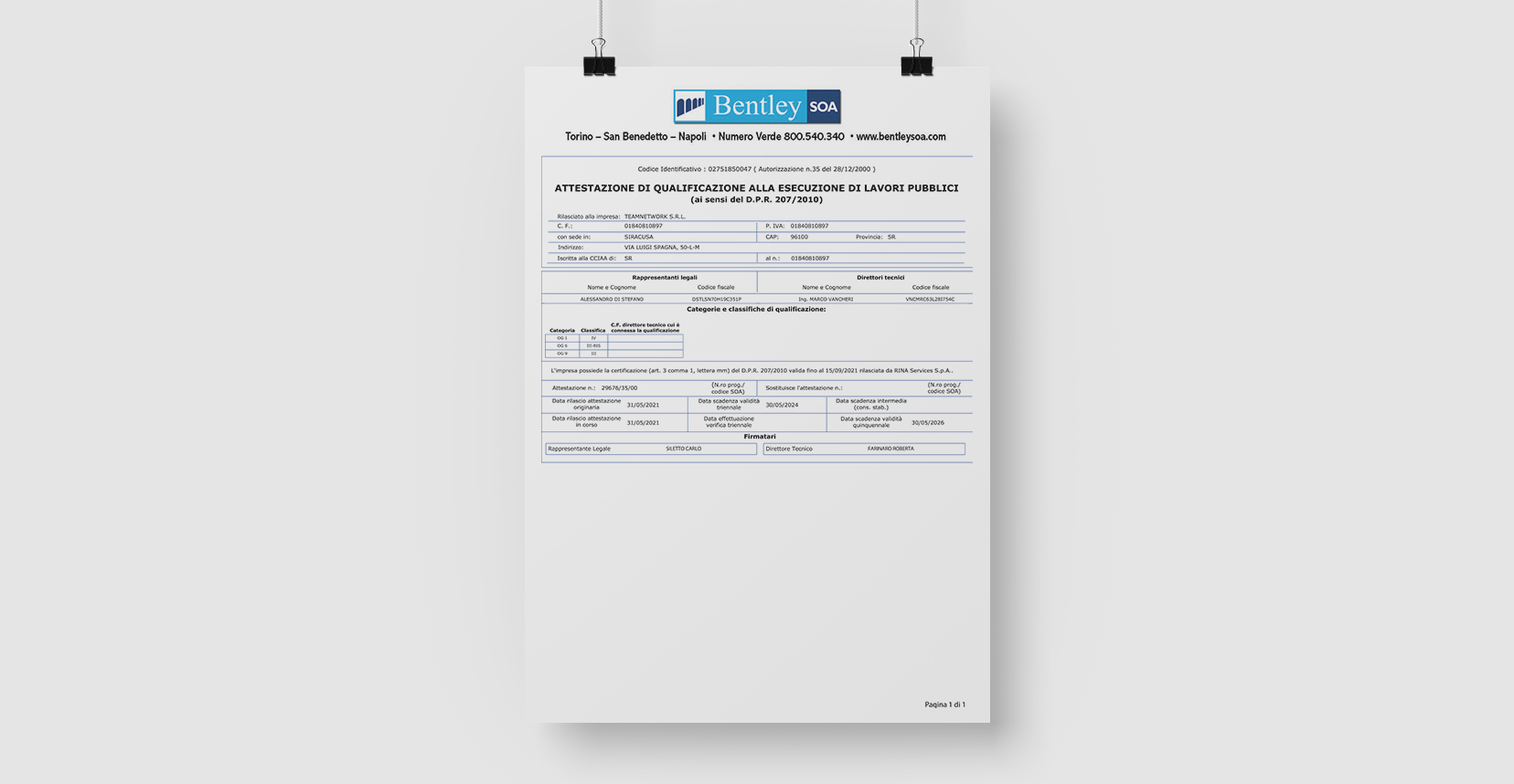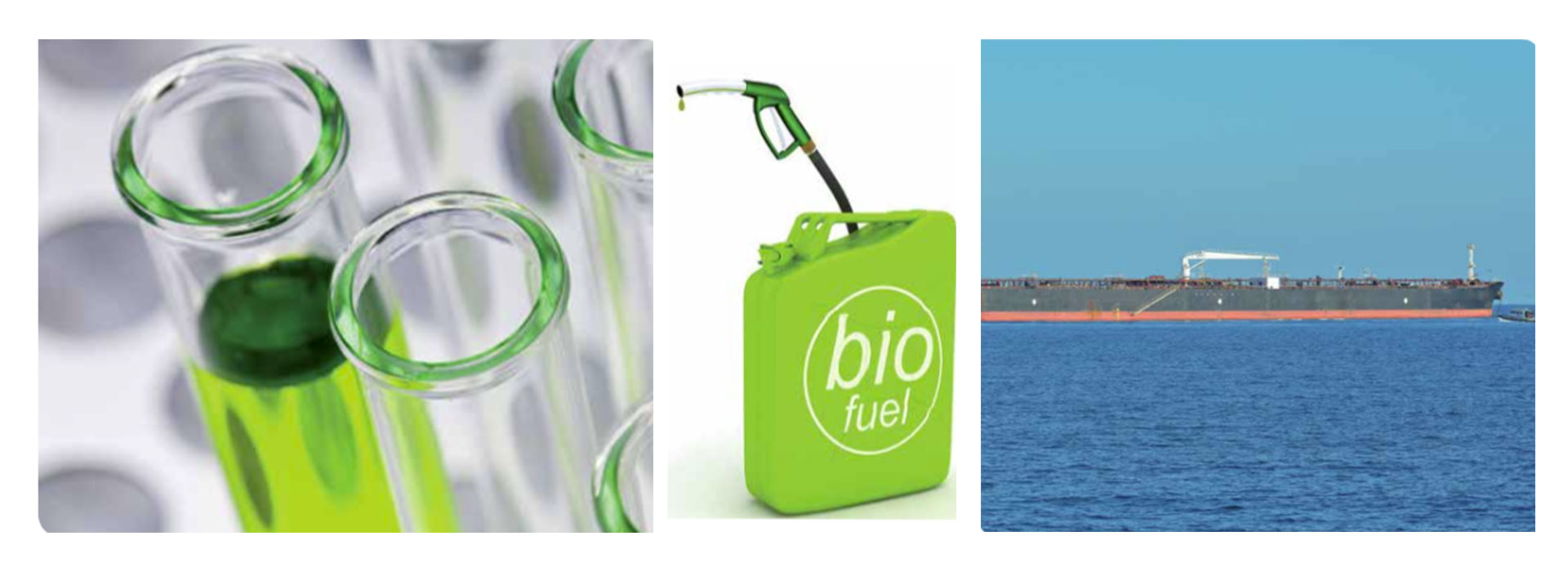
And Teamnetwork Energia together with partner company Nordim S.r.l are doing just that by focusing on research, development and innovation of competitive products and process systems for the industrial production of renewable energy. Working closely with EIS Energy Innovation System – one of the companies of the Teamnetwork Energia Group, we have focused our energy on developing cogeneration engines by using second generation products, therefore not derived directly from agriculture but from waste oils some of which are also of industrial origin.
This choice of sustainability responds effectively to the serious ethical question posed by the increasing number of plantations dedicated to the production of fuel oils: in fact, these are not always in areas of the planet which are unsuitable for the cultivation for food. The refinement of production techniques and the use of second generation biomass will overcome this problem, reducing resorting to agriculture and at the same time improving the recovery of industrial waste, with all the obvious benefits that this entails.
The research activities of the Group, which has active collaboration with several Italian universities in the relevant fields, are paying particular attention to reducing CO2 emissions.
SIBSAC, research at the service of nature
“SIBSAC” is an acronym that stands for “Integrated system for the drainage and treatment of contaminated sediment and water with high salinity content”: a complex research project backed by T.I.ME. S.p.A. in view of continued support and contribution to the cultural and environmental improvement of the territory in which it operates and beyond. The project, which is along the lines of “training” and “technical development”, was put forward by T.I.ME. S.p.A. and the “Kore” University of Enna, the University Consortium of the Province of Palermo and the “Megara Ibleo” Consortium.
Training
The project involves the training of a professional as an “industrial researcher in the field of protection and management of the marine environment” and, at the same time, the identification, analysis and monitoring of contaminated sites, in view of drainage to be carried out using advanced techniques. The professional that the project intends to train will be able to reconstruct the characteristics of the contaminated site and its development as a result of human intervention.
Technical development
The main objective is to propose a system for integrated treatment including physical, chemical and biological phases for the removal of contaminants from sediments and navigation wastewater. Firstly, a procedure of washing the dredged sediment will be defined, when contaminated, with a low environmental impact technology that is efficient for both inorganic and organic contamination. Next, the project will aim to define a process for treating water contaminated in particular by hydrocarbons, such as bilge water and the rinse water from tanks.
The activities concerning the research project will have a duration of thirty-six months:

